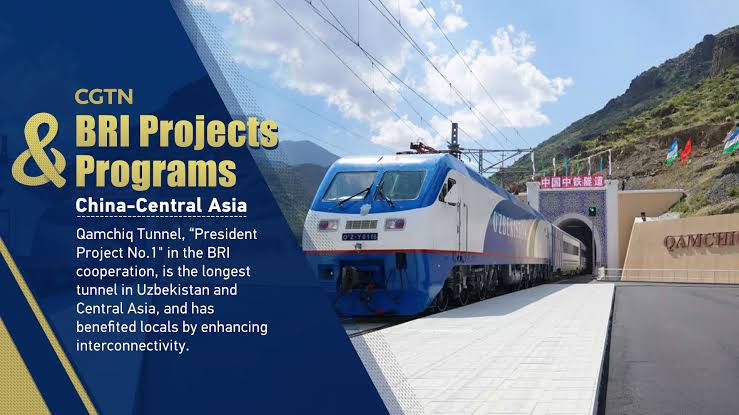
BEIJING, May 18 (INP): The China-Central Asia Summit, the first in-person summit among heads of state of China and Central Asian countries, scheduled for May 18 and 19, has stirred up global ripples.
The international players know very well the snowballing impacts of “gathering” on fast changing geopolitical, geoeconomic and geostrategic landscapes.
World eyeballs have glued to the event in the backdrop significance of China-proposed Belt and Road Initiative (BRI) and its dividends to Central Asian states.
This year marks the 10th anniversary of BRI. Over the last 10 years, Central Asia has become a demonstration zone of how the BRI was agreed and implemented in the region, which later led to broad win-win results, including a long list of infrastructure connectivity projects, which assisted the landlocked region in becoming better linked with the outside world.
Currently, the Central Asian countries, namely, Kazakhstan, Kyrgyzstan, Tajikistan, Turkmenistan, and Uzbekistan, are in serious process of tweaking political reforms and economic transformations.
The summit sends message to anti-globalization forces that future does not lie in decoupling and protectionism. Rather, a shared future is key for the world to forge ahead.
Given the untoward businesses amidst external shocks, impacts of climate change, record high inflation, unilateralism and challenges in post-covid era, the summit is believed to unlock those areas of cooperation that are still untapped and undiscovered for cultivating join ventures on inclusive economy through Chinese prism, as China’s economic and trade cooperation with the five Central Asian countries (C5) has produced noticeable results since the establishment of diplomatic ties more than 30 years ago.
Although China and C5 are working in cohesion in all sectors but one of the areas that needs urgent consideration is green financing, green energy and green economy.
Due to climate change and carbon-based energy sources, Central Asia is already highly vulnerable to natural disasters.
Therefore, one of the key aspects of the cooperation will be the development of a program, called “Green Silk Road” that is the use of green development technology, innovative solutions and advanced technologies to achieve environmental efficiency and sustainability – erecting the region into a highland of global low-carbon growth.
Also, Central Asia lack high-tech economic structure to keep pace the world. The Asian Development Bank has estimated that $33 billion per annum would need to be spent till 2030 to tackle the infrastructure deficit in Central Asia.
The summit is likely to usher in an era of fresh launch of macro and micro projects that would improve connectivity between China and Europe via the Central Asian region.
The location of Central Asia has made it a “strategic pivot” on economic, political, social, cultural and security perspective.
It is believed the summit will inject new impetus into development agenda not only for Central Asian countries but also for supercontinent “Eurasia”.































































































